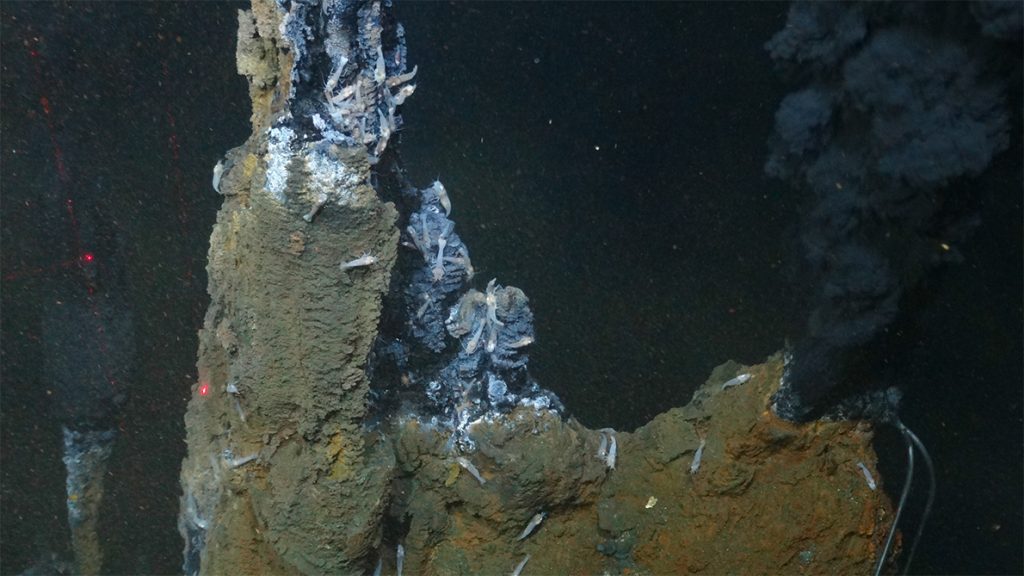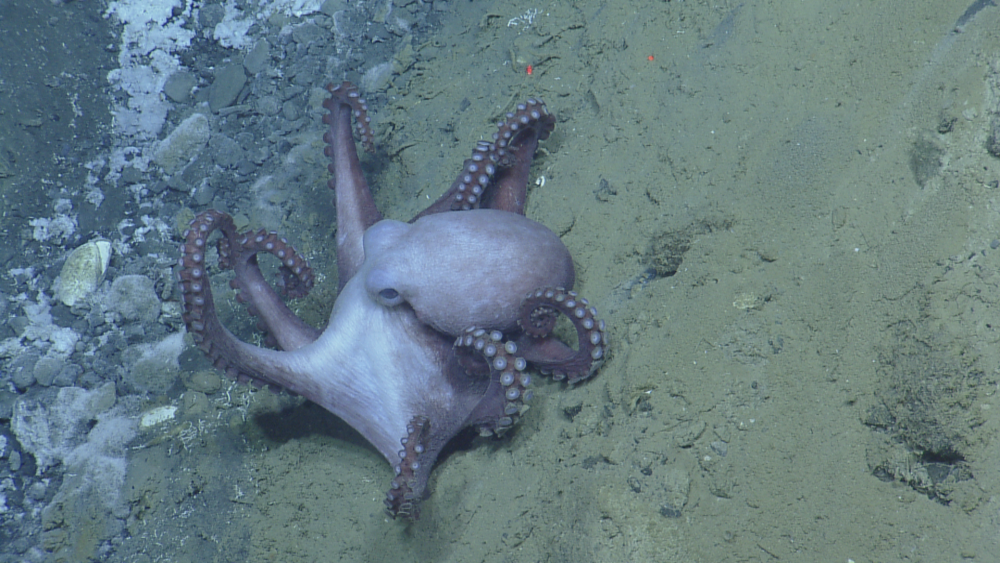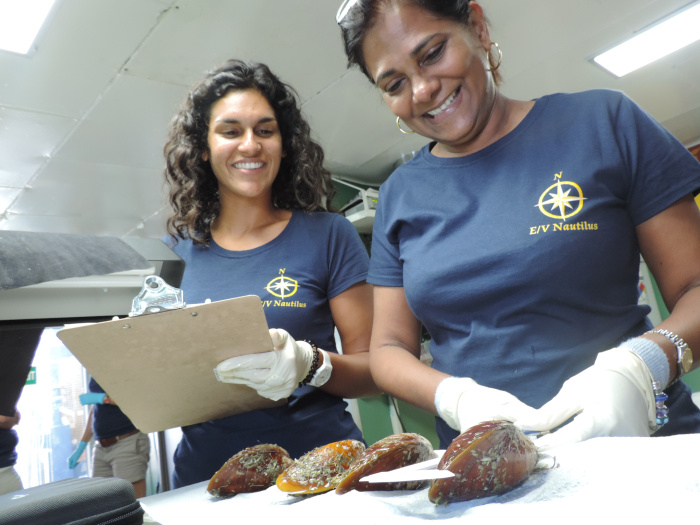The deep ocean is the last frontier for humankind knowledge, and the Caribbean is not the exception. As is the case for biodiversity on shallow waters, deep sea environments of the Caribbean are extremely diverse and utterly unknown to science.
In the depths of the Caribbean Sea we can find different and peculiar environments such as seamounts like the ones of the Great and Lesser Antilles and active volcanoes such as Kick-‘em-Jenny in Grenada. Deeper features like abyssal plains in the Colombian Basin and Clark Basin, canyons and gullies as the ones off from Costa Rica and Panamá and trenches, such as the famous Puerto Rico Trench, the deepest in the whole Atlantic Ocean. The Caribbean holds such a remarkable variety of environments that are still unknown, and that represent an immeasurable potential in terms of bioprospection and biodiscover; emerging industries that rely on the genetic potential of living organisms.
One example of a place with high potential is the world-deepest hydrothermal vent field, located in the very heart of the Caribbean. The site, known as the Beebe Hydrothermal Vent Field, lays in the Cayman Trough, located at north of the Seaflower Biosphere Reserve, between Jamaica and Cayman Islands. Hydrothermal vents are fissures in the seafloor where geologically heated water spews forth and this vent field in the Caribbean lies about twice as deep as most known hydrothermal vents. Extreme conditions like temperature, pressure and concentration of corrosive compounds make these vent fields part of the toughest environments to live in Earth, yet still scientists have found the most weird and interesting life forms thriving in these environments.

All this variety of habitats makes the Caribbean Sea a unique biogeographic region that represents an important hotspot of marine diversity in the Atlantic Ocean (1). According to Hernández-Ávila et al. (2018) the diversity of deep-water megafauna such as corals and echinoderms tends to be higher in this area than in other Atlantic regions (2).
In the SouthWest Caribbean, the Seaflower Biosphere Reserve has been the heart of the deep ocean exploration and research in this area. Colombia has been the leading country in exploring these waters, having conducted several research expeditions in the last 20 years. In this matter, knowledge of the seabed geomorphology has pinpointed the center of this area as a hotspot of mounds, seamounts and atolls.

Circulation and oceanographic dynamics in the deep sea confer the Seaflower area a level of influence and connectivity with surrounding zones such as the Colombian Basin, an abyssal plain that represents the eastern limit, the canyons and gullies of the Central America slope at the south-west boundary, an area that is also associated with the Clark Basin, one of the most understudied places in the world. The Nicaraguan Rise limits at north, connecting the deep environments of Nicaragua, Colombia and Jamaica. The majority of these zones have not been studied yet, and they remain altogether as the undiscovered corner of the “Sea of Seven Colors”, as local people use to call these pristine waters.
As evidence suggests, the deep sea environments of the Gran Seaflower proposed area are interconnected and share most of the deep sea species described so far. For example, recent studies on deep sea cucumbers by Borrero-Pérez et al. 2020 and Cambronero-Solano et al. 2019 show that this group is dominant at these depths in the whole extension range of the SouthWestern Caribbean and that many species are distributed evenly through the Caribbean and connected at some level to the Gulf of Mexico and Western Atlantic Ocean (3, 4). Additional studies have confirmed the presence of the invasive lionfish at mesophotic depths and the persistence of contamination by plastic waste

Although these expeditions represent a big step in the overall knowledge of this area, more research is still needed to have a high definition resolution of the seabed and to understand the dynamics of the biological communities and populations. The latter being one of the essential factors to be addressed for the sustainable management of the deep sea resources.
References:
(1) Tittensor, D.P., Mora, C., Jetz, W., Lotze, H.K., Ricard, D., Berghe, E.V. & Worm, B. (2010) Global patterns and predictors of marine biodiversity across taxa. Nature, 466 (7310), 1098.https://doi.org/10.1038/nature09329
(2) Hernández-Ávila, I., Guerra-Castro, E., Bracho, C., Rada, M., Ocaña, F.A. & Pech, D. (2018) Variation in species diversity of deep-water megafauna assemblages in the Caribbean across depth and ecoregions. PloS one, 13 (8), e0201269.https://doi.org/10.1371/journal.pone.0201269
(3) Borrero-Pérez, G. H., Dueñas, L. F., León, J., & Puentes, V. (2020). Deep-sea holothurians (Echinodermata, Holothuroidea) from the Colombian Southern Caribbean Sea. Check List, 16, 535.Connelly, D. P., Copley, J. T., Murton, B. J., Stansfield, K., Tyler, P. A., German, C. R., … & Hayman, N. (2012). Hydrothermal vent fields and chemosynthetic biota on the world’s deepest seafloor spreading centre. Nature Communications, 3(1), 1-9.
(4) Cambronero-Solano, S., Benavides, R., Solís-Marín, F. A., & Alvarado, J. (2019). New reports of echinoderms on the Caribbean continental slope of central America. Zoosymposia, 15(1), 5-12.


